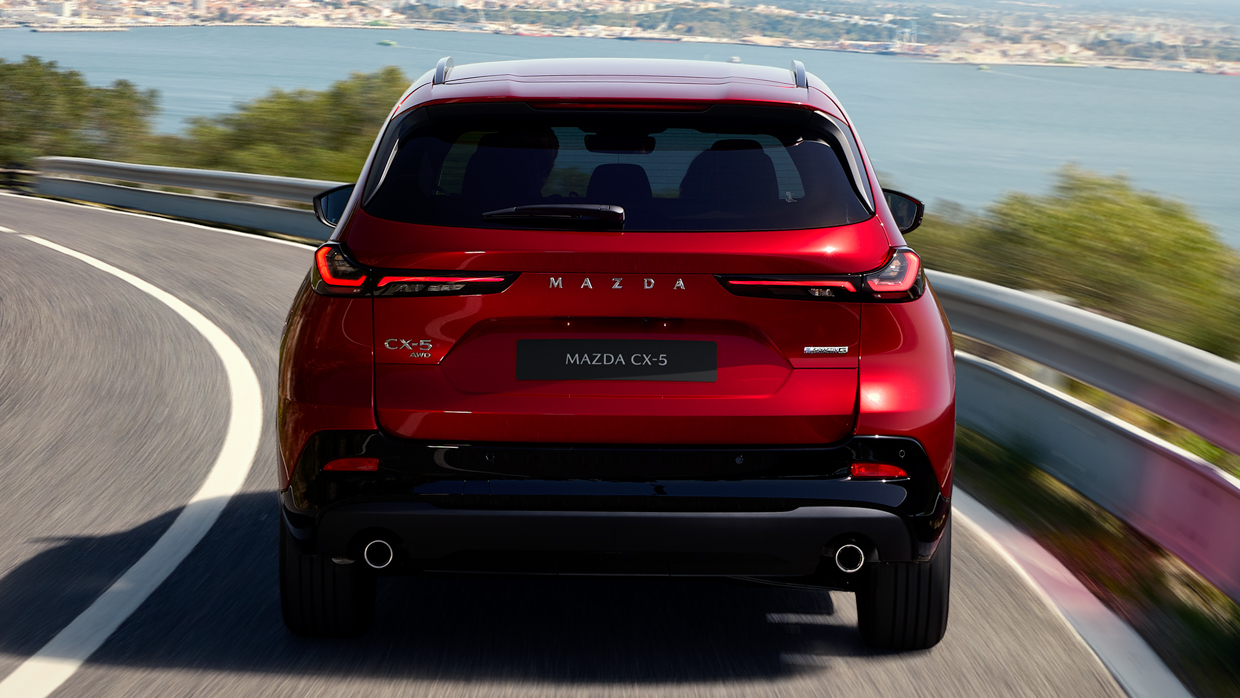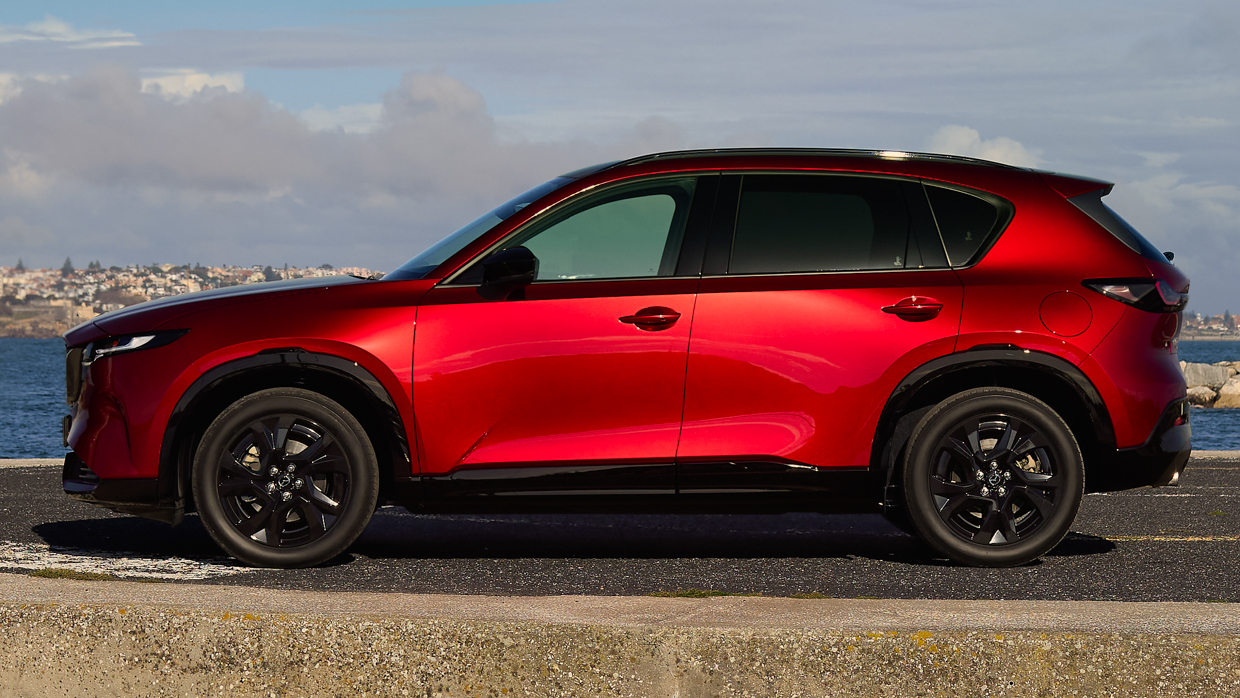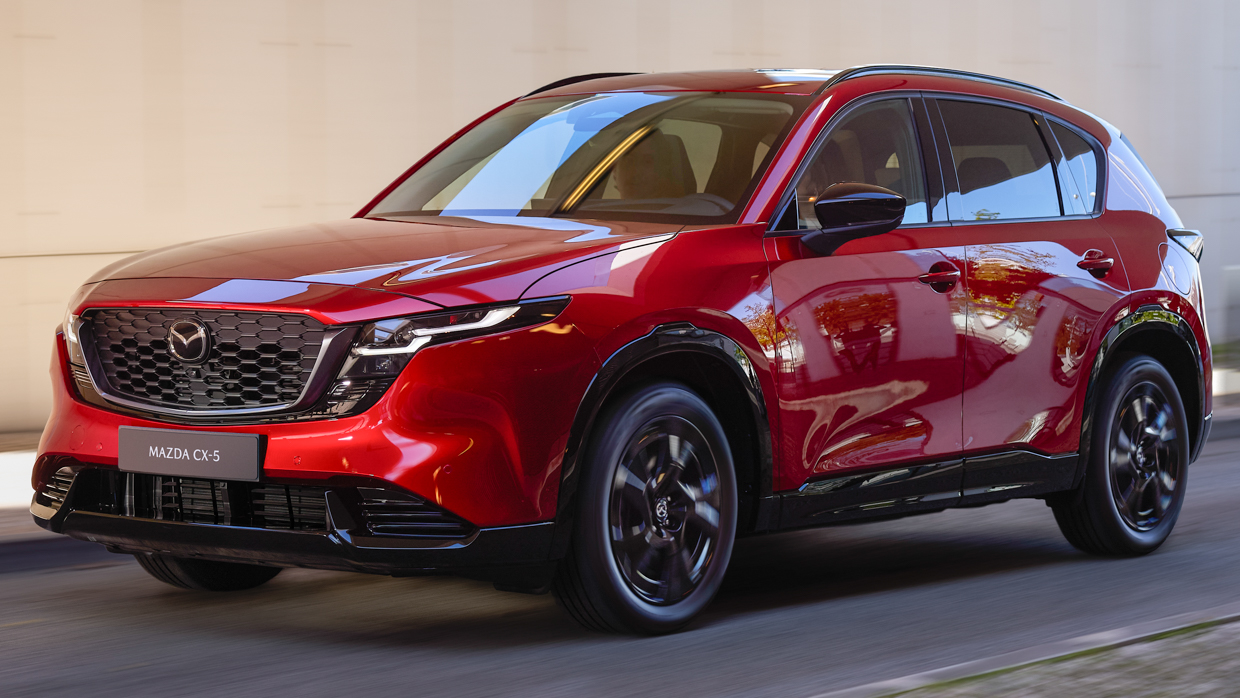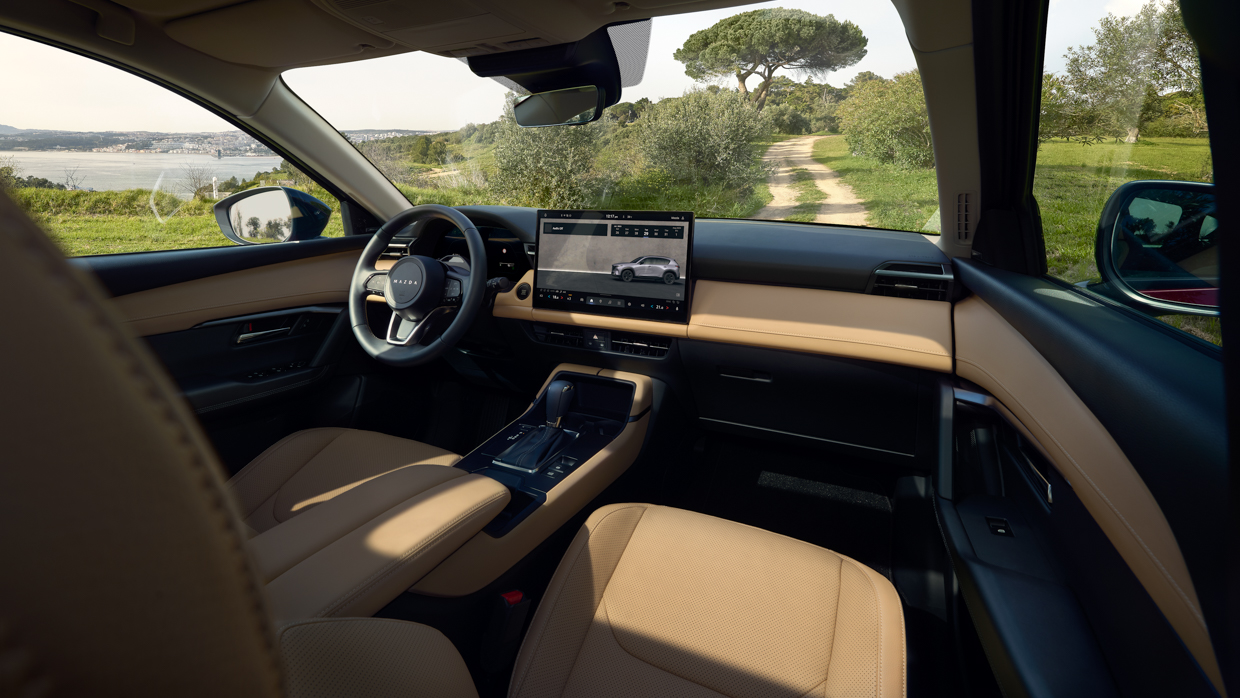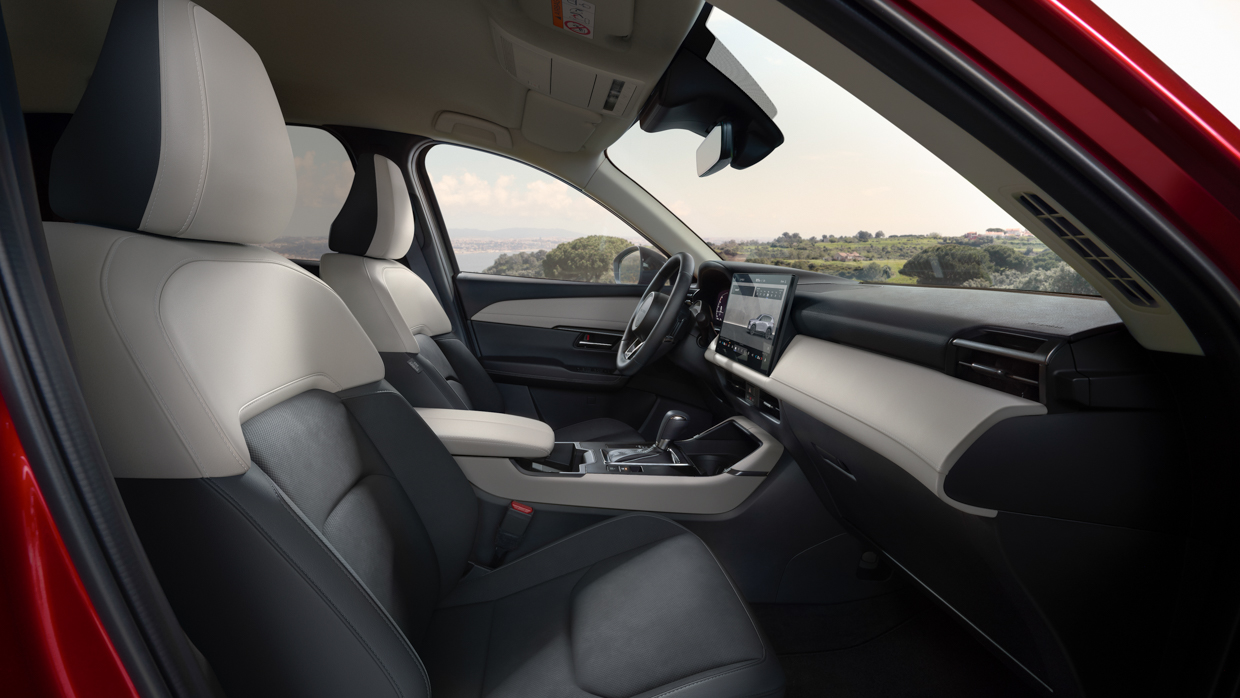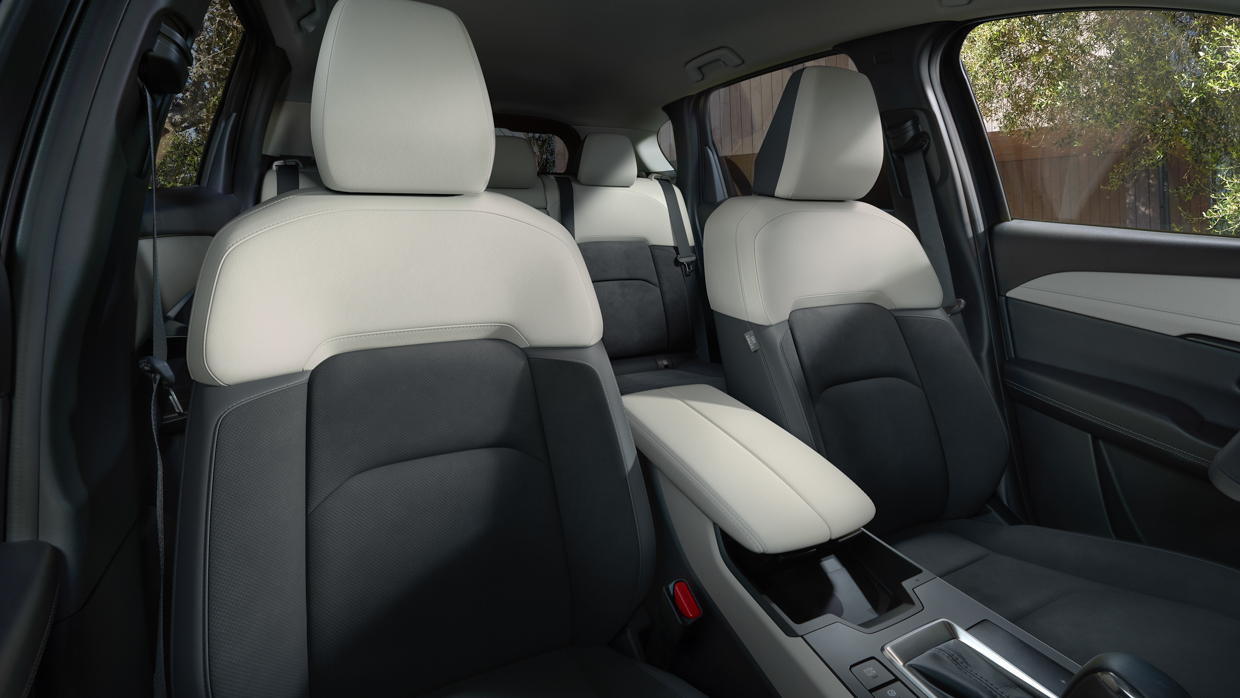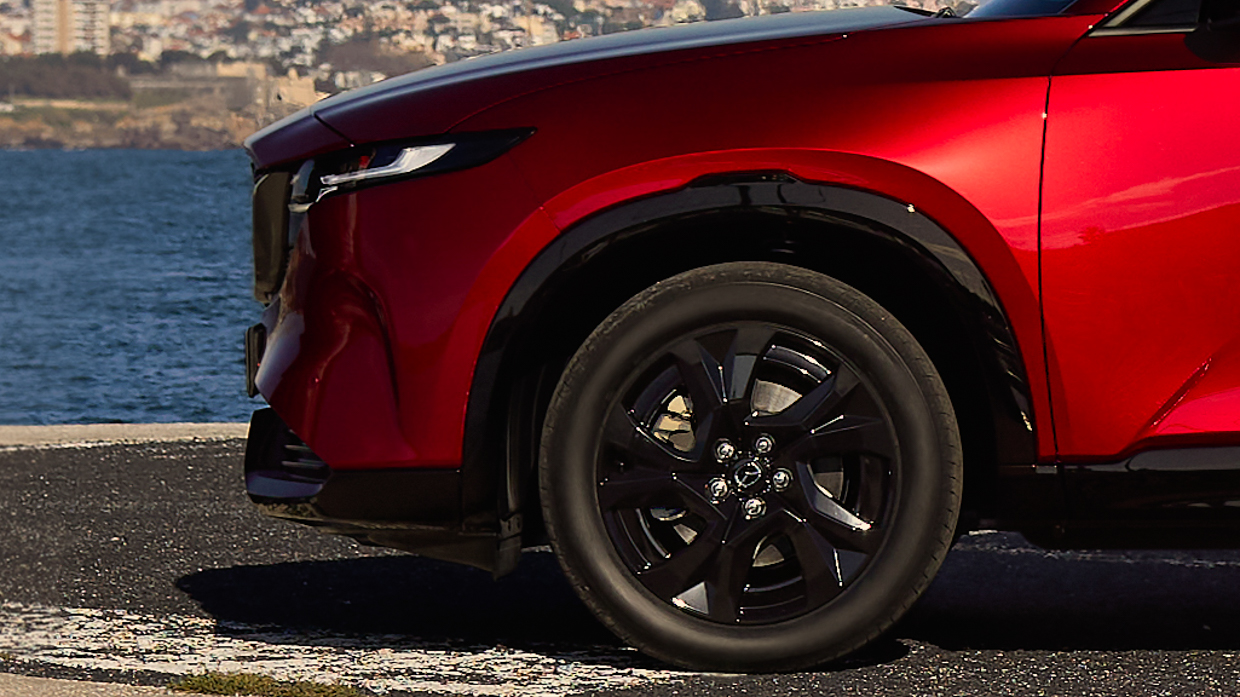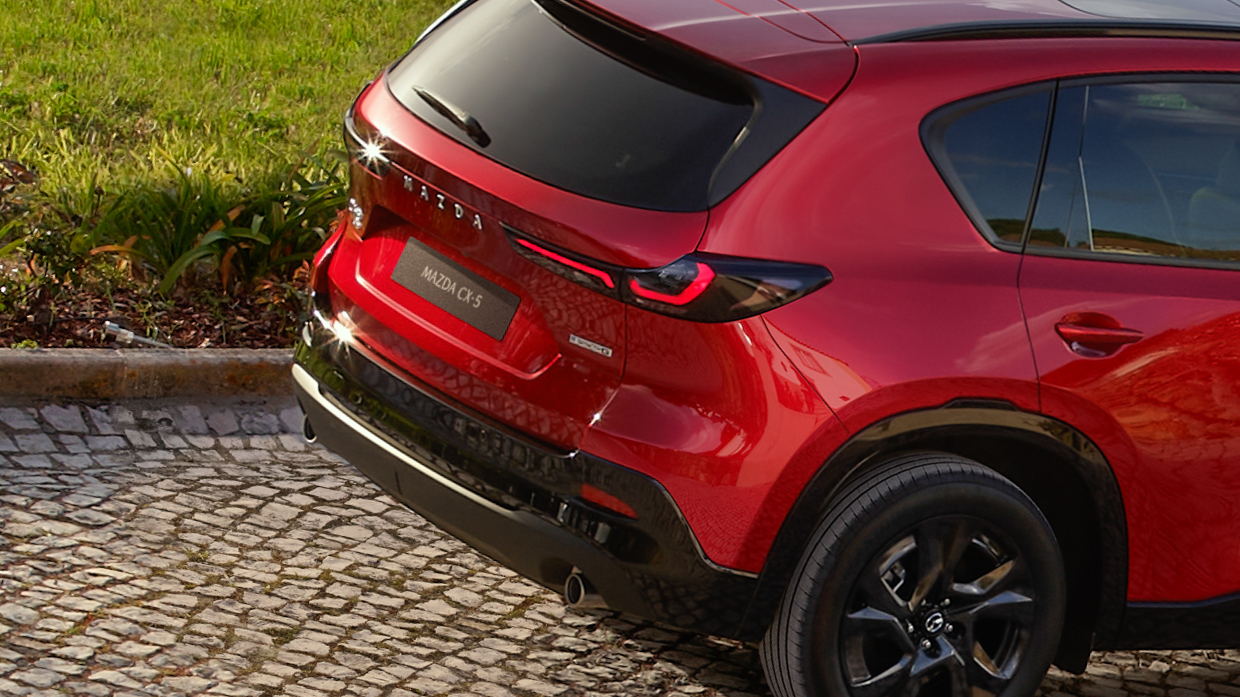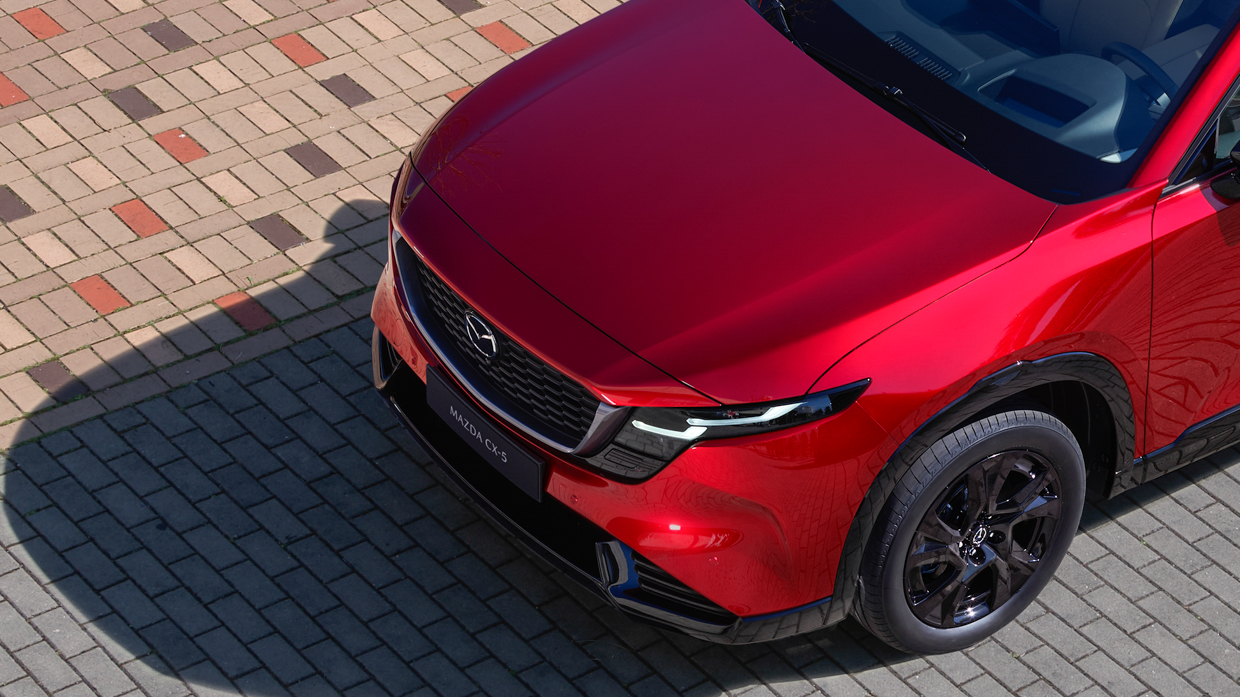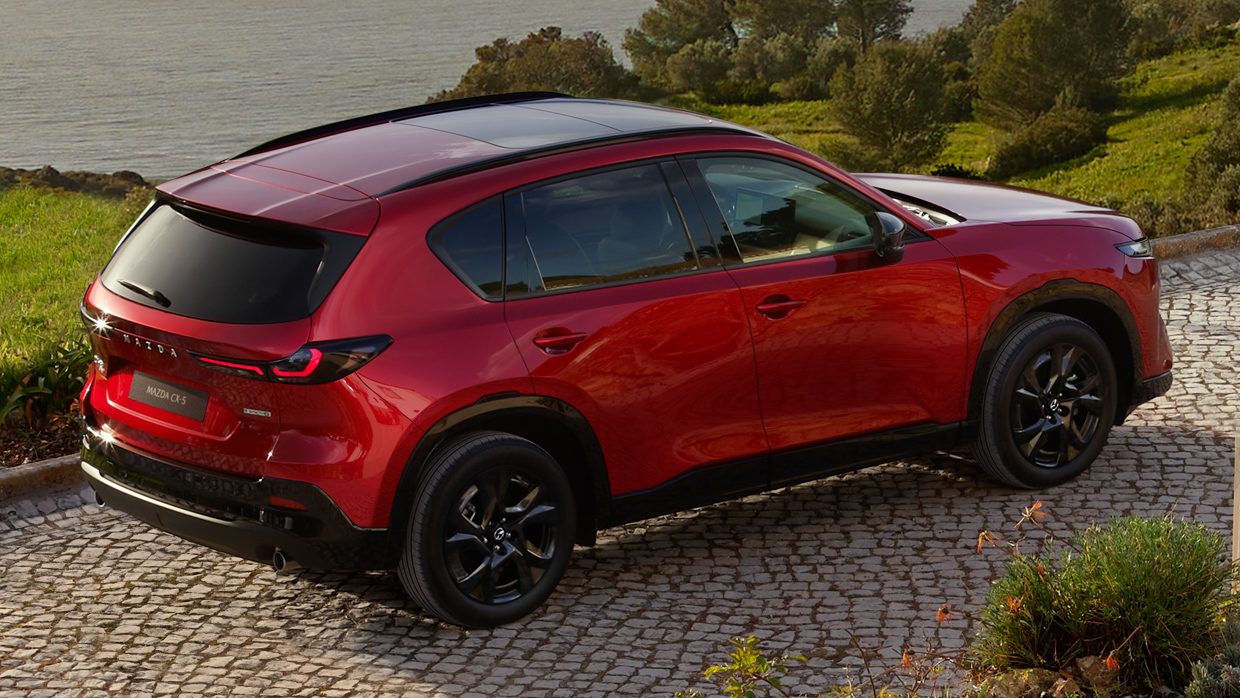-
Car Reviews
- All reviews
- Midsize SUVs
- Small cars
- Utes
- Small SUVs
- Large SUVs
- Large cars
- Sports SUVs
- Sports cars
- Vans
Latest reviews
- Car News
-
Car Comparisons
Latest comparisons
- Chasing Deals
Mazda’s most popular model grows in size and space, but there’s a longer than expected wait for the crucial petrol-electric model
Mazda has unveiled its third-generation CX-5 that brings bigger dimensions, a more upmarket interior, and confirmation of the midsize SUV’s first ever hybrid powertrain option.
The latest CX-5 will reach Australian showrooms in the second half of 2026, though the petrol-electric powertrain won’t be available until 2027 at the earliest for the Japanese brand’s biggest-selling model.
Mazda’s designers have again taken an evolutionary approach to the CX-5’s styling, though changes from the outgoing model are far more significant than when the second-generation version replaced the 2012 original after just five years.
The CX-5’s length has increased by almost 12cm to just shy of 4.7 metres (4690mm), making it one of the longer vehicles in its midsize class.
That 11.5cm stretch all comes in the 2815mm wheelbase to tie in with Mazda’s claims for expanded rear-seat space, while the CX-5 is 15mm wider than before.
The CX-5 looks visibly longer than before, with notably lengthened rear doors and a wider C-pillar.
LED headlights are complemented by double-hockey-stick DRLs, and the lower bumper features a full-width intake.
In profile, the silhouette and window shape are similar to Mazda’s more upmarket midsize SUV, the CX-60 – though the CX-5’s bonnet is much shorter as it will continue to accommodate four-cylinder engines rather than Mazda’s six-cylinder motors.
Gloss-black sills and wheel-arch surrounds of the reveal car echo the current CX-5’s high-spec SP grade.
At the rear, MAZDA lettering replaces the Japanese brand’s traditional logo badge for the first time.
The tail-light design is close to that employed on Mazda’s larger SUVs, the CX-70, CX-80 and CX-90.
However, unlike those models, the CX-5 has a black lower bumper as well as visible tailpipes.
The 2026 CX-5’s cabin looks Tesla inspired with its combination of huge central touchscreen and clean and uncluttered presentation.
That 15.6-inch infotainment display is the largest yet to be fitted to a Mazda, and brings more than 50 percent of extra screen real estate over the outgoing CX-5. It features the app-heavy Google Built-In connectivity system.
Lower grades of the CX-5 will feature a smaller, 12.9-inch touchscreen.
The 10.25-inch fully digital driver display is another upgrade, replacing the half-digital, half-analogue cluster of the outgoing model.
MAZDA lettering also replaces a logo on the steering wheel to lend a more premium vibe to an interior that is showcased mostly with a two-tone tan leather and black trim. Another two-tone option shown features leatherette upholstery in black and off-white.
CX-5 sticks with a conventional gearlever rather than following the trend for transmission stalks or toggles.
There still seems to be plenty of room on a centre console that also features a split-lid cubby, sloped smartphone charging tray, and cupholders.
One notable disappearance: there’s no longer a rotary dial/joystick controller for the infotainment system.
Longer rear doors not only aid ingress and egress but will help parents getting smaller kids into child seats.
Mazda says rear legroom and headroom both improve markedly, the former helped by the significantly longer wheelbase that’s only 55mm shorter than the distance between the CX-60’s front and rear axles.
This would address one of the key criticisms of the CX-5 since its 2012 debut.
A recline function will be available on some, or possibly all, variants, while a proper panoramic sunroof is also available for the first time.
Boot space has always been a bit average for the CX-5, but is set to increase for the 2026 model.
Mazda says the CX-5’s luggage compartment gains 5.0cm in length and about 2.5cm in height – with 18mm-lower loading height to help stow bigger items such as bikes. Mazda UK offered slightly more specific info, saying boot capacity had increased by 61 litres.
Boot space can differ between the same model in different markets, though such an increase would improve the outgoing CX-5’s volume to about 500 litres, still short of class leaders.
The rear seatbacks continue in the versatile 40-20-40 split configuration and can again be flattened using convenient release levers.
The big headline change for the 2026 CX-5 is the much anticipated option of a petrol-electric hybrid powertrain for the first time.
The new Skyactiv Z hybrid, however, won’t appear until 2027 and Australia may even have to wait until 2028.
That’s a blow for Mazda Australia, as it delays a crucial direct rival to the market-leading Toyota RAV4 that also gains a plug-in hybrid powertrain in 2026.
It’s also unhelpful for the brand in relation to the New Vehicle Emissions Standard that now brings credits or fines based on tailpipe emissions.
Mazda is also ditching the 2.5-litre turbo petrol and base 2.0-litre from the CX-5 lineup, which will leave just the ageing Skyactiv G 2.5-litre 4-cylinder to soldier on as the sole drivetrain offering until the hybrid is finally available.
The 2.5L four has existed in the CX-5 since 2013, and will continue to produce 140kW and 252Nm via a six-speed auto. Mazda references all-wheel drive only in its release, suggesting front-drive variants have been abandoned.
The CX-5 was Australia’s most popular SUV from its first full year on sale (2013) until 2019, before it was displaced by the Toyota RAV4.
It has never dropped out of the top three sales spots in the medium SUV segment in its existence to date, with more than 315,000 Australians buying a CX-5 since 2012.
Latest news
About Chasing cars
Chasing Cars reviews are 100% independent.
Because we are powered by Budget Direct Insurance, we don’t receive advertising or sales revenue from car manufacturers.
We’re truly independent – giving you Australia’s best car reviews.
